A Future-Proof Capability: Facilitation
Published in ATÖLYE Insights · 8 min read · January 23, 2023
Navigating choppy waters with ease
Authors: Mert Çetinkaya, Barbaros Kaptanoğlu Editors: Melissa Clissold In-text visuals: Gökçe Kodan
Introduction
We believe that facilitation will become an essential organizational and individual capability in the upcoming decade.
Going beyond the design-thinking hype, we believe that the capabilities of facilitation and designing collaborative processes (through facilitation) will have a huge impact on individuals and organizations in the upcoming decade. This article explores what facilitation is, why it is essential, and how you can use facilitation in your own organizations (or daily lives).
In order to come up with novel and emergent solutions for the complex - and wicked - problems of the world that we live in, we must learn to collaborate effectively and build upon our differences.
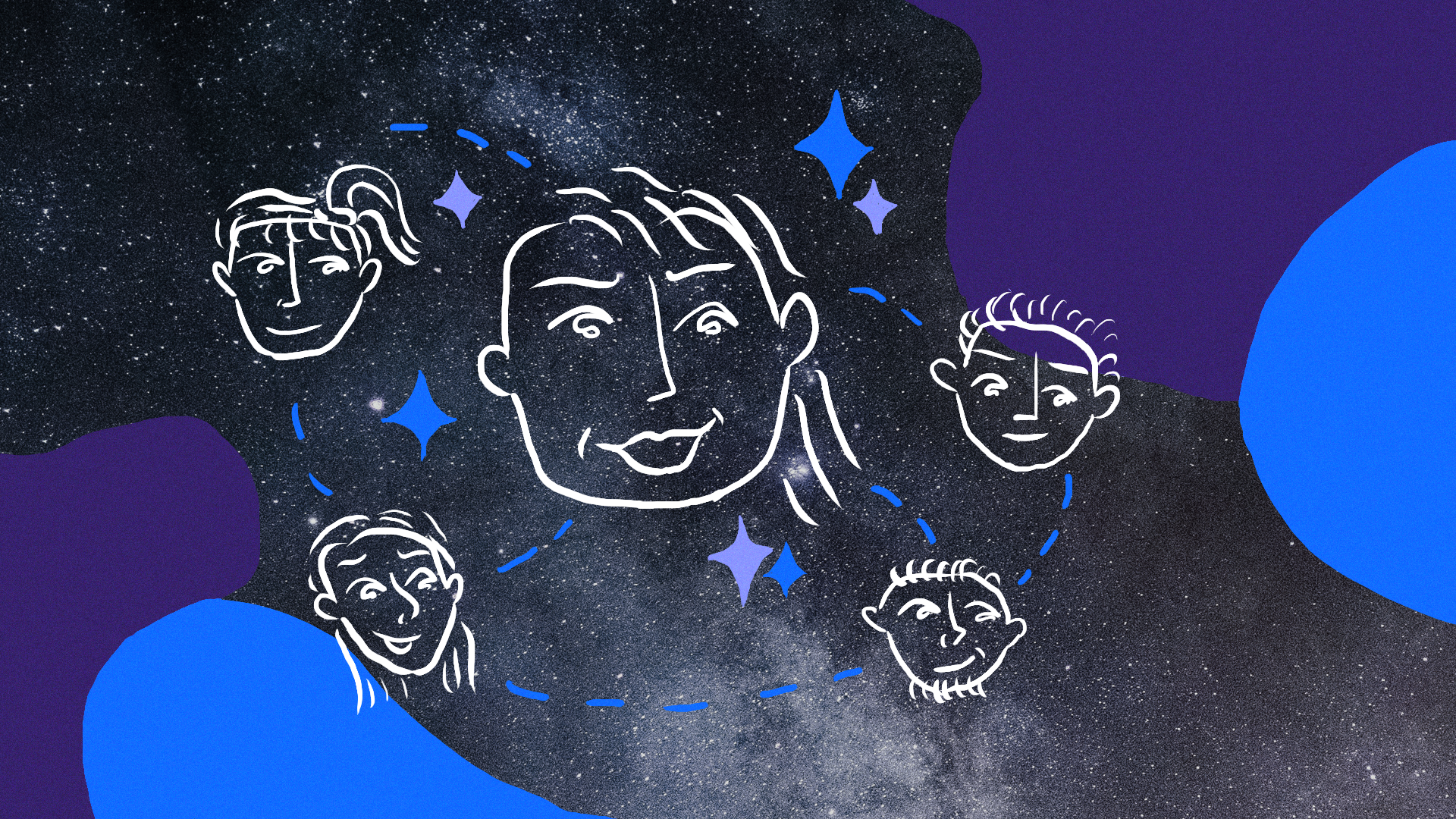
We believe that facilitation is an essential skill for designing in a complex world and managing dynamic, social, and generative complexities.
At ATÖLYE;
- We believe in a world where people are given agency and are empowered to solve their own problems and trust each other,
- Collaboration and design thinking can help us work towards this world by iterating on processes through quick actions and through receiving and giving feedback,
- Facilitation is an essential tool for collaboration because it helps provide the space for trust to grow quickly through the guidance of facilitators; and this opens up people towards sharing their own experiences, leading to new sparks and ideas.
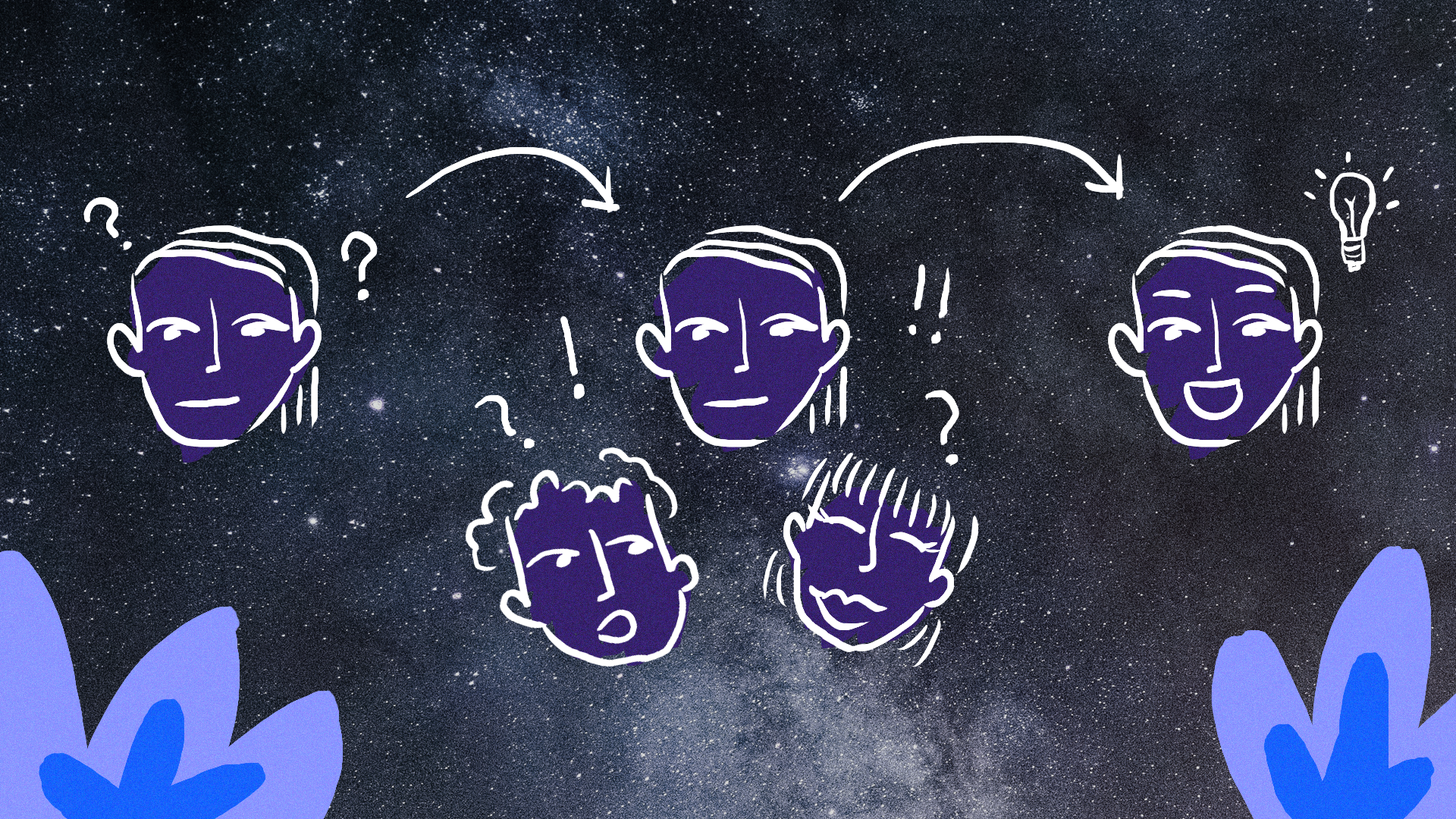
ATÖLYE mainly focuses on facilitating learning experiences and/or creating participatory processes. Below we will share a little more about what facilitation is, explain in further detail why it's important (whilst moving away from traditional facilitation methods), and share a few examples of how we have used facilitation in various contexts.
What is Facilitation?
We speak of Facilitation as a mediation that is not merely a methodology or a process applied during workshops to conduct "successful" sessions.
Facilitation is a way of creating a safe - and brave - space; it helps create a container for exploration, makes way for emergence, enables collaboration and co-creation, builds a culture of inclusion, and helps to align discrete actions with and towards a larger purpose.
The word facilitation comes from the French word "faciliter" which translates as "make easy, render less difficult." Indeed, facilitators "ease" processes in events, projects, or even meetings; allowing for walls to be broken down faster and more effectively, ensuring people can speak openly, listen carefully, and feel safe whilst this happens.
Facilitation can of course be framed to be so much more than this, but for the purposes of this article, we will focus more on the "why of facilitation" explaining some why's that may be different from traditional perceptions of facilitation.
Why Facilitation?
As mentioned in the introduction, we believe that facilitation will become an essential organizational and individual capability in the upcoming decade. Perhaps one day unbiased, rational bots will replace the role of a facilitator or facilitators will still be needed to mediate between the AI world and the human world. Still, nevertheless, facilitation will always be relevant.
The complexity of today's challenges requires us to trust in each others' intelligence in order to navigate uncertainty together. Facilitation can help us just achieve that. But first, we need to move beyond the common perception of facilitation in the dominant world.
"In complex systems outcomes are impossible to predict or manage, and so practitioners [or facilitators] must focus their attention on managing the conditions under which emergent outcomes are produced." — Chris Corrigan
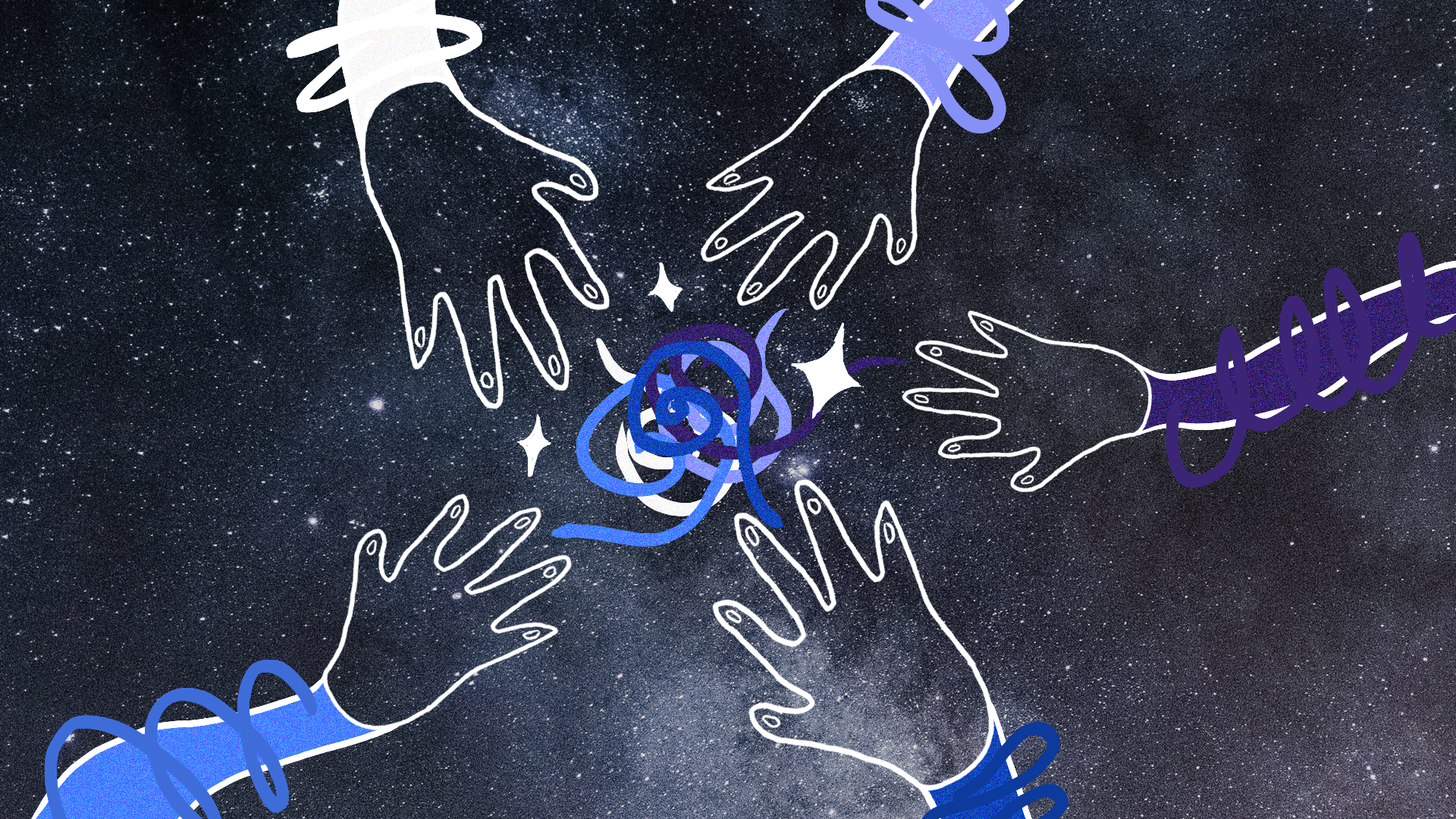
Facilitation allows us to build holistic containers where people are able to move beyond their own limitations, take risks and reveal vulnerabilities; this helps group members trust each other as they collectively immerse themselves in coming up with novel solutions in the face of uncertainties.
Similar to the captain of a ship, facilitators help navigate through complexities in choppy waters. They lead the crew - group members - to reach their desired goals, some of which may change as conditions also change. Aligning everyone is of course difficult and comes with its own challenges. However, facilitation is indeed about designing a process and making the right interventions and choices at the right time to serve the group's emerging needs and capacity for solving their own problems.
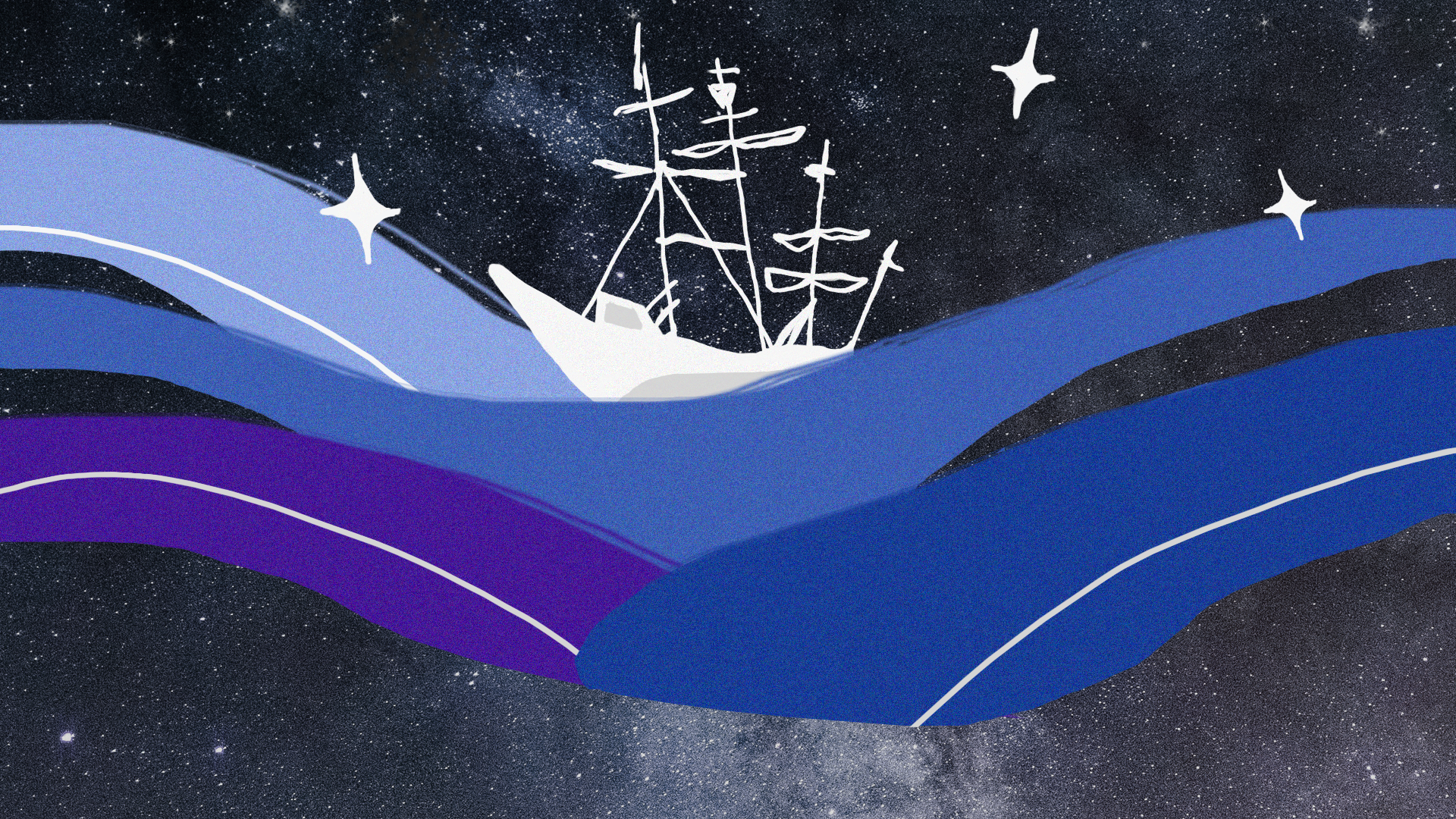
In the face of the adversity of our time, what we look for is complex adaptive behavior.
Ensuring communication is also essential when faced with adversities as it nourishes the constant awareness of our collectivity, which helps build collective intelligence and decision-making, and thus respond to sudden changes in a timely manner.
"Emergence means that a group of people leaves a room with insights that no one person had brought alone. When we are confronted by complex problems stemming from emergent phenomena (culture, conflict, identity, shifting markets, and other new realities imposed by situations over which we have no control such as interpersonal dynamics or "next level" topics. We need to create a process that invites emergence. Emergent problems are addressed with emergent solutions." (Chris Corrigan, "What I know About Complex Facilitation".)
Make sense together, come up with insights and take wise actions to self-organize with limited resources.
Self-organization means that a group of people organizes their time, attention, and resources in ways that meet the urgent needs of the moment. It is possible to create processes that allow for self-organization to occur by providing clear attractors and boundaries in a system. Self-organization represents an emergence of structure, which is what is needed to work with emergent ideas. It's no good going away on an off-site retreat, creating a set of powerful new ideas, and then going back to the office and trying to fit them into pre-existing structures.
How we facilitate
We have used our facilitation skills for a variety of projects in different settings, from working with governments to NGOs to for-profit companies, academic institutions, and more. The heart of our approach always focuses on co-design and collaborative experiences, and we always focus on the local contexts of things.
The idea is to truly understand the needs of the stakeholders we are working with, as well as the potential outcomes that want to be achieved. Through this, we are able to steer the rudder in the direction we choose.
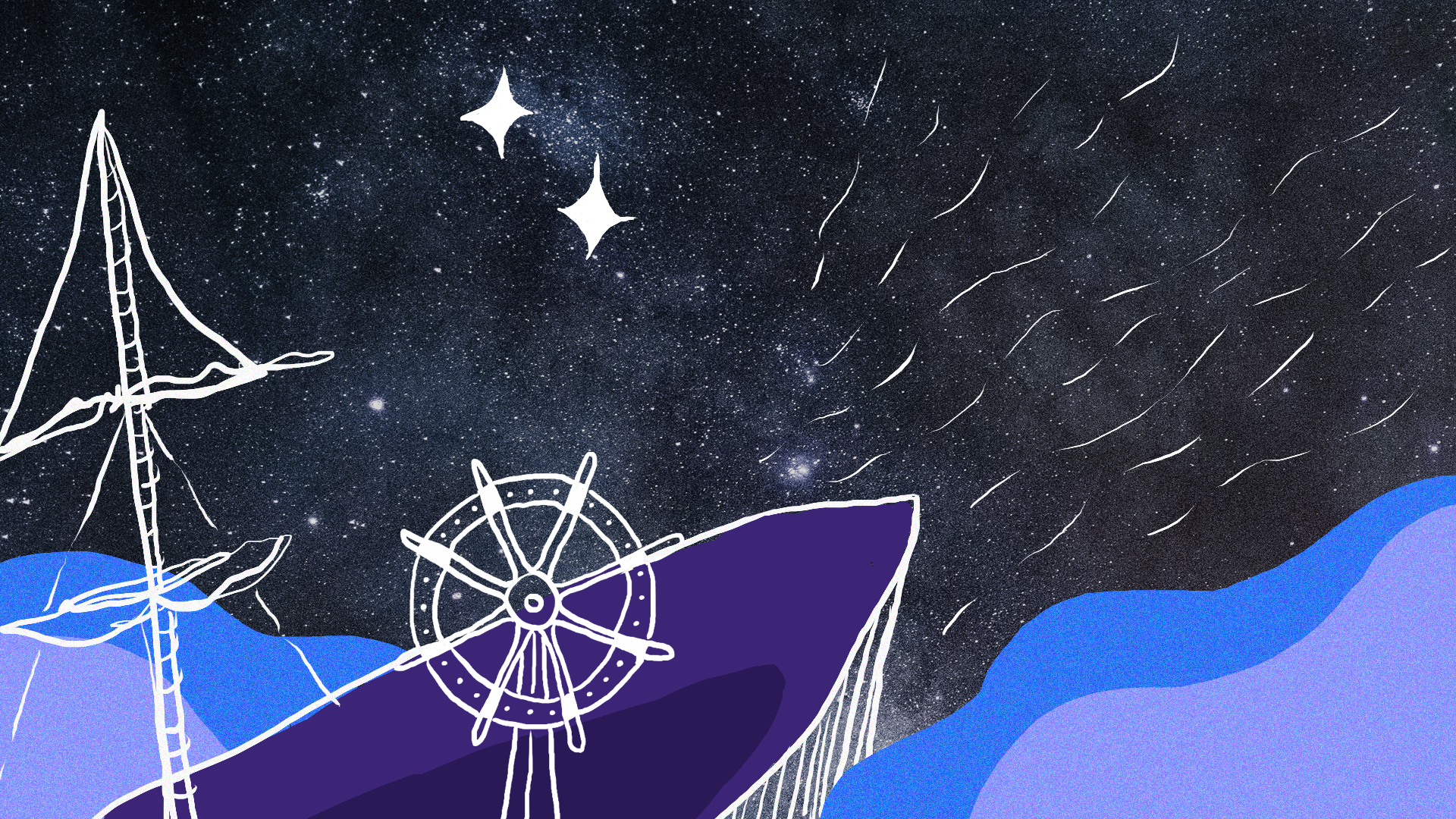
For example, when we were asked to design a transformative learning journey for the government of the UAE with the project "Design Gov", we made sure that in order to move away from bureaucratic processes and turn them into more streamlined and iterative ones we would use multi-cultural facilitation to train people as "pioneers of change" to help civilians who would be using government services.
During our "It's a new dawn" project with BMW Foundation where we were asked to design a new leadership program, there was a moment when the participants kept asking us questions when they got stuck; our decision as facilitators was to leave them alone for two hours and let them figure it out. Knowing how to balance when to be involved - or when to step aside - this is what we call emergent facilitation; a concept we have touched upon in the section above.
Sometimes, the number of people within a project or an event can be overwhelming; when we held an emergency designathon for the fires in Turkey, for example, over 400 people attended our 6-hour online session. Facilitation was key here; emotions were heightened, there were many different needs and expectations that had to be met and so good communication was essential. Knowing when to over-communicate or step back is incredibly important.
Finally, it's important to add that by embedding facilitation skills within our day-to-day activities and meetings, we ensure that our team and community members embrace the concept of facilitation - but more importantly what comes out of it. Facilitation eases processes and allows people to work independently and collaboratively simultaneously; by allowing spaces of intensity with moments of breath, facilitation brings people to the present - especially in a post-covid world where "remote work" has almost become a norm.
These are just a few examples of how we have used facilitation in our projects. Please check out our impact.atolye.io page where we share how facilitation has enabled us to grow our community in meaningful ways whilst creating projects that positively impact people and the planet...
Conclusion
At the end of the day, facilitation is about empowering people. It is about guiding a process, a meeting, an event - whatever it is (and whatever the purpose is - in a way that allows people to remain present and engaged, be independent yet work collaboratively, embrace vulnerability and the unknown; all within a "safe space" provided by the facilitator. The facilitator allows bonds of trust to be created almost instantaneously through the flow of activities they design. This trust is what allows participatory processes to become ever more valuable - it is indeed the foundation of collaborative work.
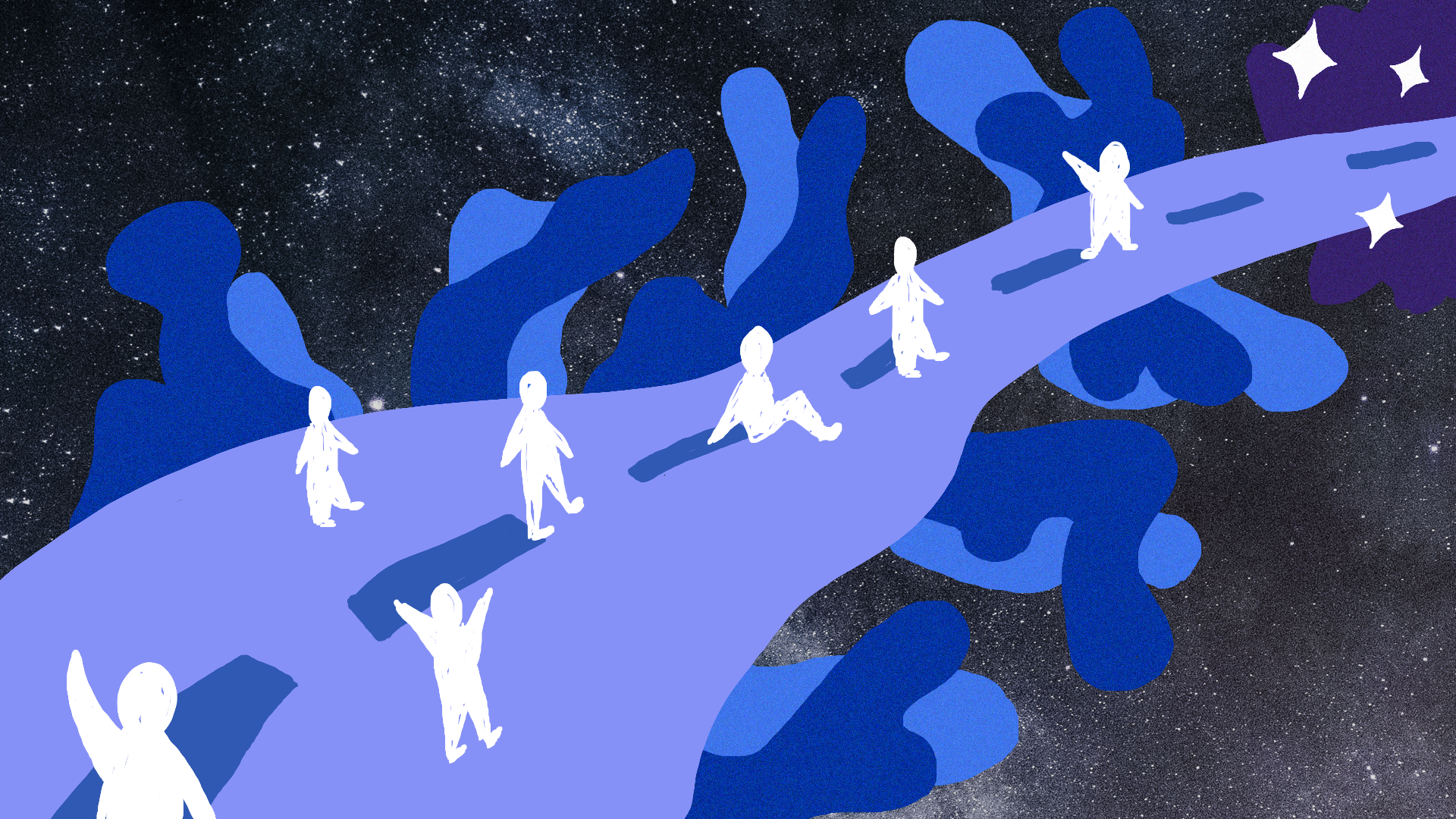
If you'd like to learn more about facilitation and how we could help co-design participatory processes together, please reach out to Mert or Barbaros at ATÖLYE.
RESOURCES
- Four-participant group conversation: A facilitation robot controlling engagement density as the fourth participant
- SCHEMA: A Facilitation Robot in Multiparty Conversational Situations
- Chris Corrigan: What I Know About Complex Facilitation
- Chris Corrigan: Complexity Facilitation Competencies
- Age of Emergence
- Suman Singh Training Facilitation
- Sessionlab Facilitation Skills
